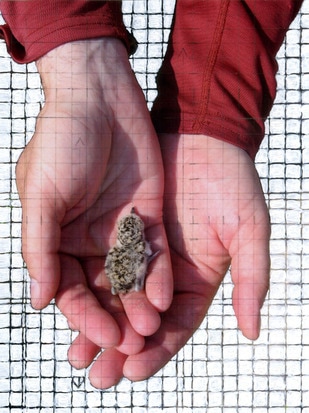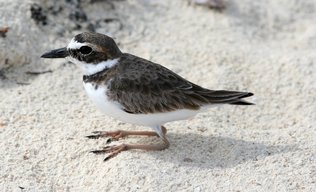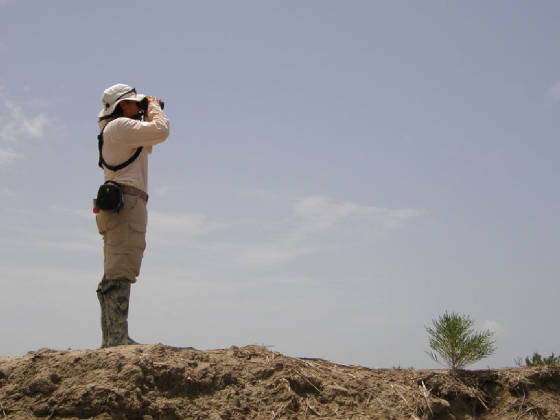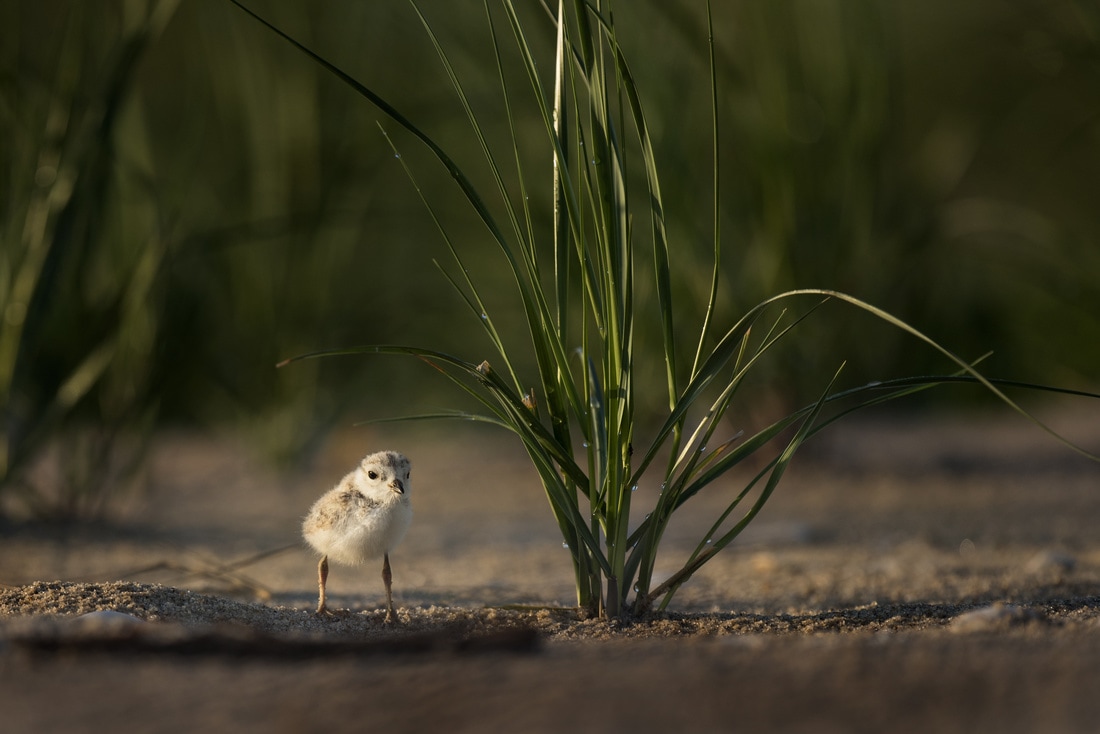|
I am in NOLA - Metairie in fact - as I write this. I had a counseling appointment over an hour ago and now I am at the Boulevard American Bistro sipping on a Sazerac. This week, I attended the Gulf of Mexico Avian Monitoring Network (GOMAMN). What a breath of fresh air. Just before this meeting, I was experiencing some negative effects with how I was allowing my mind to control me with all things work related. The shift in perspective to an environment that fully supported me was much needed. It allowed me to get a couple of nights of sleep that did not result in awaking at 3 in the morning with a negative thought (because, one is all it took) that would cause my stomach much discomfort and have my head circling in the negative conversation (typically) for the rest of the day. I remember when I wasn’t so caught up in things like this – 2012 was a good year – I was freer.  N 29 05 37.4 W 090 12 28.1 from Coordinates by Delaina LeBlanc N 29 05 37.4 W 090 12 28.1 from Coordinates by Delaina LeBlanc I’ve recognized something that should be so obvious just today and that is: My mind is controlling me and not the other way around. Well… practice being present right? But for some reason I’m choosing the pain… I’m guessing it has to do with giving up an identity that I have bought into and without it there is much fear for who/what I am without that identity? I’ve read this many times but sometimes it just hits you differently when you revisit a concept and you manage to move forward in a way that you hadn’t before. My counselor taught me a nifty trick to pull you into the present today. 5, 4, 3, 2, 1 – First, you put your eyes on 5 different things; Second, you touch 4 different things; Third, you listen for 3 different sounds; Fourth, you smell 2 things; Fifth, you taste 1 thing. As an artist, this is an appealing way to get into the present… another way to explore and I love to explore so it is a good fit. But I’m here to write to you about the bird project I am most passionate and excited about: the annual Red Knot - Calidris canutus banding expedition. How can I start there without writing about what led up to this? As you know, I started off my bird research studying the Wilson’s Plover – Charadrius wilsonia. This species has a lot of attitude… but also can be skulky and sneaky too when it needs to be. My first year of work was difficult because I had so much to learn. The conditions were hot… very HOT and I had to walk great distances to cover my study sites. I cried that first year every once in awhile… I was unsure about how well I was doing. If I didn’t find a nest or see chicks I felt like a failure but at the time, I didn’t exactly have enough experience to know what to look for. The following year there was a shift. I was able to handle the heat better (I suppose I acclimated to it) and I began to build up experience that served in the research I was doing. By the third year of work I had developed a relationship with my project… both in observing this species as well as the site it inhabited.  Wilson's Plover Wilson's Plover By the end of 2012, I had just finished the end of the season studying Wilson’s Plover in southeast Louisiana. While conducting an end of the year survey, my boss was discussing with another person how BTNEP was about to start working on a Piping Plover project – would she be interested? In that moment, she wasn’t sure – maybe she would be going to graduate school – but I took that opportunity – that moment and let it be known that I WAS AVAILABLE!!! That’s how my full time employment with BTNEP started. I had the task of working on the Piping Plover surveys in the wintertime every two weeks while this site was “under construction”. Here’s a good link that provides information about the construction: http://coastal.la.gov/project/caminada-headland-beach-and-dune-restoration/ And another: https://www.boem.gov/BOEM-GOMR-MMP-Caminada-Headland-briefing/ Last link is a little more in depth but puts things in perspective in terms of the full coast and other projects occurring. In January of 2014, a researcher from Corpus Christi, Texas contacted me. David Newstead was interested in Red knots in the northern Gulf of Mexico (GOM). By April of that same year I organized the 1st Annual Red Knot Louisiana Banding Expedition. This will be our 4th year and I still get so excited to have the honor of bringing together so many avian biologists together on our coast to conduct research on this species. The Red knot is an amazing bird… it makes one of the longest yearly migrations from Tierra del Fuego in South America where it winters to the Arctic where it breeds. Louisiana is lucky to serve as a stop over site as they make there way from once location to the other (more so in the spring) – we are currently trying to capture what the wintering population is in Louisiana. More info about this amazing species is here: https://www.allaboutbirds.org/guide/Red_Knot/lifehistory Red knots banded in Louisiana have mostly been resighted in Louisiana (resights are possible because we attach an alphanumeric flag to the bird to create an individual I.D. for tracking it.) But we’ve also had observations submitted for these Louisiana banded birds in Mississippi, Florida, Georgia, Virginia, New Jersey, Delaware, Ontario – Canada, Saskatchewan – Canada, Peru and Chili! This year we are planning on putting geolocator devices on some of the birds – these tracking devices are able to capture light level data (sunrise/sunset) that helps with deciphering the general location of a species in terms of latitude and longitude – it will allow us to learn where these birds breed as well as where they winter. However, to get this data, we will be required to recapture the birds since the information/data is stored on the device. We also plan on attaching nanotags – these are temporary and are glued to the bird’s scapular region but will fall off when the bird molts in the fall. In the interim, we are able to capture points where the bird has been as long as there is a radio tower set up to capture the radio signal. Each nanotag has its own individual signature “ping” so we will know it by individual. This will help provide important information in terms of connectivity. We are just a few weeks away from the 4th Annual Louisiana Red Knot banding expedition! I’m super excited and am trying to invent a cocktail inspired by this birds’ travels… the banding effort is intense… we work hard but we play hard too! ~Delaina Previous < > Next
0 Comments
Your comment will be posted after it is approved.
Leave a Reply. |
Archives
July 2017
Categories
All
|


 RSS Feed
RSS Feed
